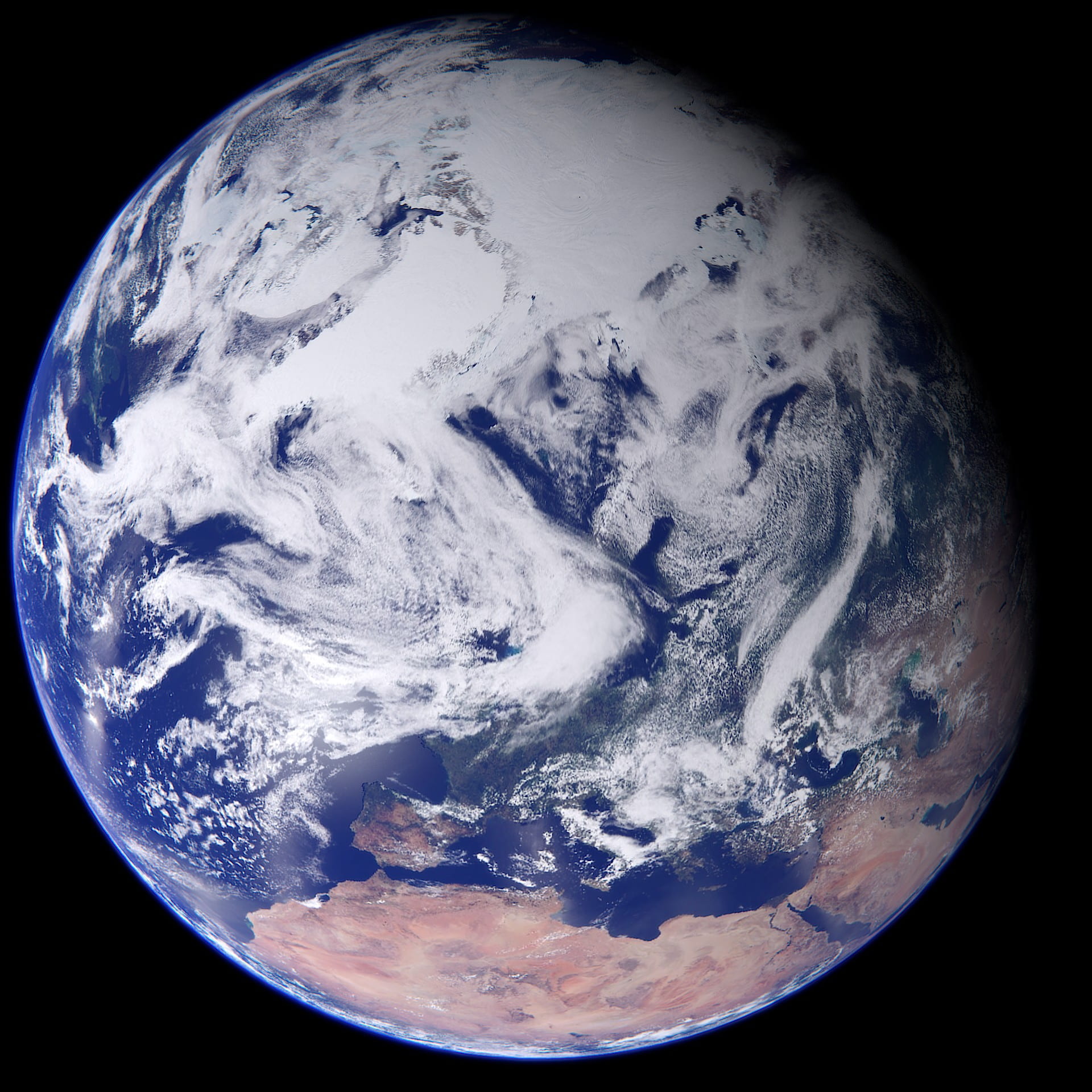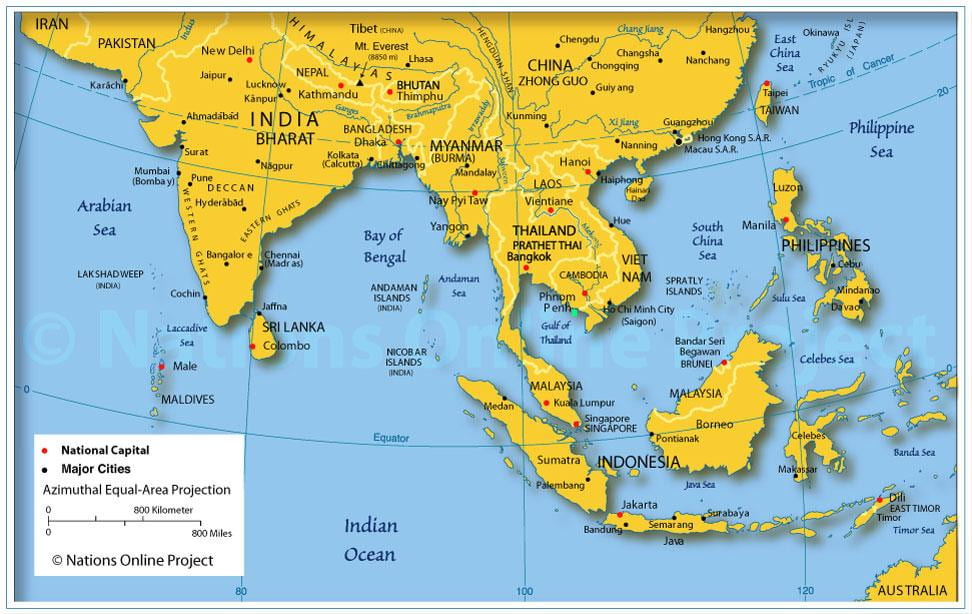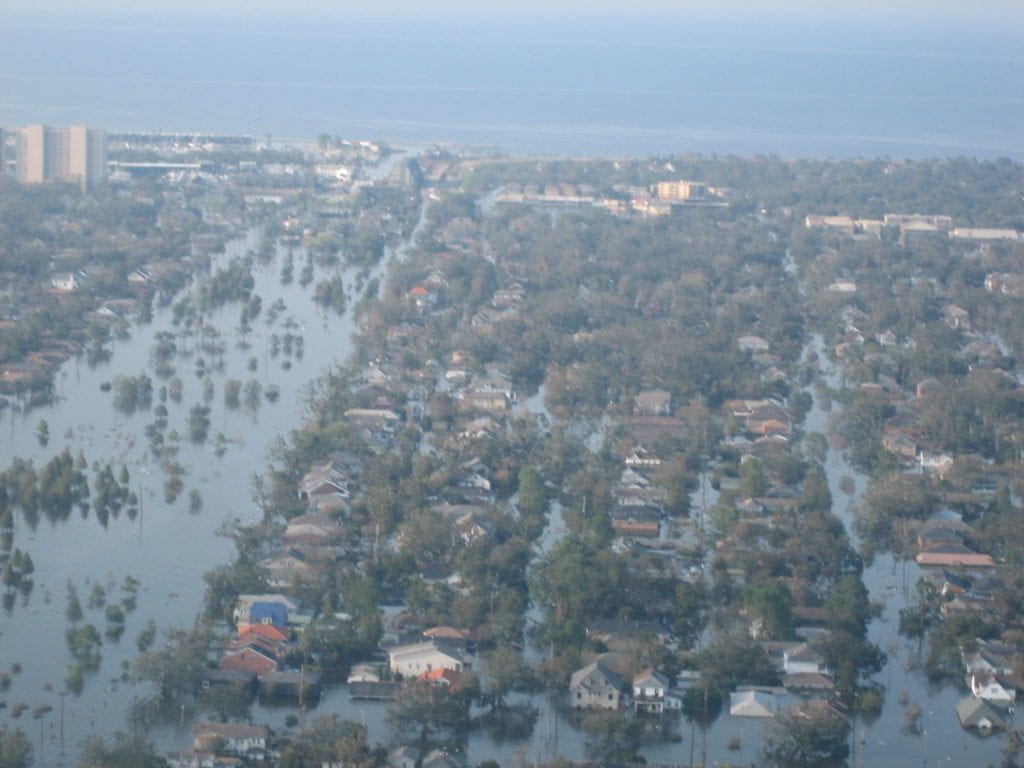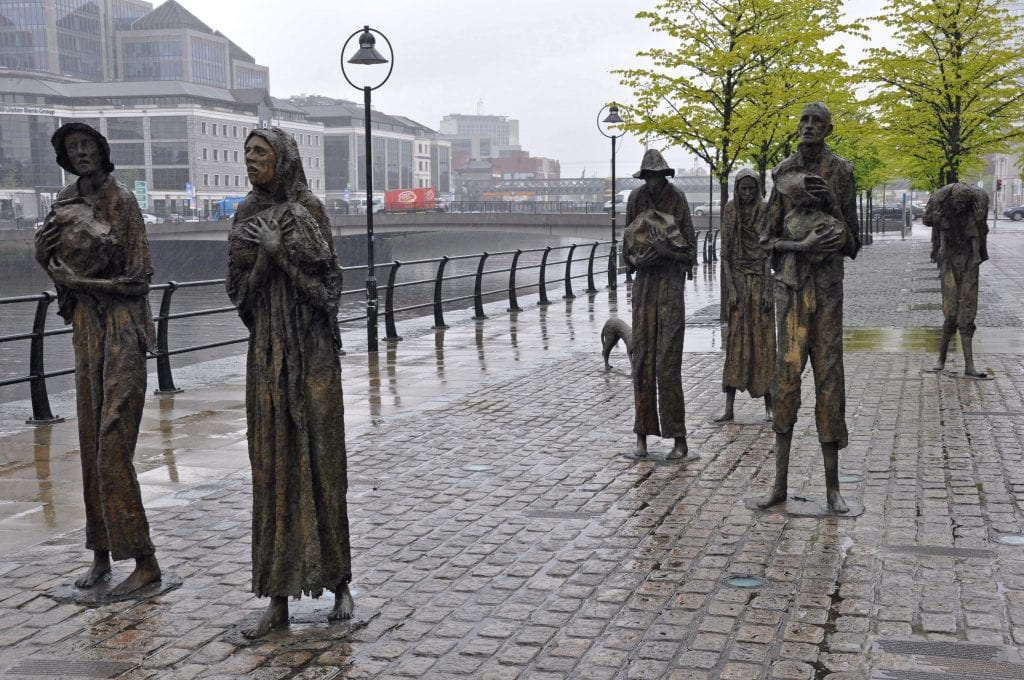The United States has been plagued with natural disasters in the past few months. With Hurricane Harvey in August, Hurricane Irma in September, and Hurricane Maria hitting US territory Puerto Rico last week, recovery will be a long process. Unfortunately, the damage comes not just from hurricanes. On the West Coast and southeast Alaska, wildfires run rampant. Outside of the US, Central America has been under a tsunami advisory; landslides and droughts in Africa; monsoons in South Asia; floods in China, and the list goes on.

Why is this happening? The answer to this question can be summed up in two words: climate change. NASA defines climate change as gradual changes in a region’s regular weather pattern over many years. Examples of these changes can be temperatures being higher or lower than what is normal in the area, or it can be an increase or decrease in annual precipitation. Climate change is not a sudden change in weather, such as a sunny day turning into a cloudy day in a matter of hours. The biggest factor is the rise in the globe’s temperature. Since 1970, the global temperature has risen around 0.3 degrees Fahrenheit each decade. While 0.3 does not seem like a big change, imagine your body’s internal temperature rising 0.3 degrees every ten days. Your body would go into shock trying to adjust, which is essentially what is happening with our planet. Small changes in the globe’s climate have large impacts.
Scientific evidence shows that climate change is real and happening, and the earth’s climate is warming. As a result, the ocean’s temperature is also rising. A hurricane’s strength depends on three factors: water temperature, wind shear, and moisture in the atmosphere. According to Vox, “Warmer water and atmospheric moisture give the system energy. A low wind shear — i.e., sharp changes in wind directions as you go higher and higher in the atmosphere — keeps a hurricane from dissipating.” In an interview with Vox, meteorologist Klozbach claimed that he found the Atlantic Ocean, where Irma formed, is two degrees warmer than the ocean usually is this time of year. The strength of Hurricanes Harvey and Maria are substantially impacted by changes in the climate, as they too originated in abnormally warm waters.
As another result of the earth’s temperature rising, scientists have concluded that wildfires are “occurring about five times more often than in 1970…burning more than six times the land area as before, and lasting almost five times longer.” Wildfires can be caused by humans unintentionally by dropping a cigarette, or by natural causes such as lightening. According to the Union of Concerned Scientists, every state in the western US has seen an increase in numbers of annual wildfires. The duration of the fires and their intensity are also a result of climate change. Because the earth’s temperature is rising, the soil becomes drier, droughts occur, therefore making chances of a wildfire increase.
What are other consequences of climate change? Aside from the damage to communities, mass displacement, or even death in extreme cases such as the 1,200 deaths caused by the monsoons in Asia, there are other long-lasting effects as well. After Hurricane Harvey flooded a large portion of southeast Texas with a record-breaking 51.88 inches, there were over 150,000 jobs created that were dedicated to post-flooding clean up and construction. However, the trio of climate change-powered hurricanes have potentially destroyed job growth for September and October by taking out over 80,000 payrolls. In addition to that, CSNBC Market Insider claims the damage caused by Hurricane Maria is predicted to keep citizens of the territory jobless until November. According to Diane Swonk, CEO of DS Economics, “We’re creating an average 175,000 jobs a month … The problem is it looks like the hurricane disruption will overwhelm those job gains in September to get them close to zero, and we’ll likely see a negative reading in October because of the sheer number of people that were affected in Puerto Rico. We really have a humanitarian crisis there.” As a usual result of hurricanes, gas prices shot up. Forbes reported that Texas had the highest gas prices it had seen since 2014 at almost $5 per gallon in Fort Worth.

Wildfires can also have positive and negative economic effects. Similar to the hurricane clean-up crews, the beneficial effects come either from rebuilding after a wildfire or fire suppression. Counter to that, Diaz found in a study conducted in 2003 that California had lost over $43 million in wildfire expenses that year. It was also estimated that about 5,000 fire-related jobless claims were filed in the same year. Due to the wildfires this year, parts of Texas have lost roughly $21 million in agricultural costs – without accounting for costs of damages on equipment. Wildfires also contaminate water supplies and produce air pollution. The largest concern with the drinking water supply is sediment filling reservoirs or basins, and sediment going into the air supply can result in long-term damage to lungs.
Arguably, the most important impact of these disasters is the social impact. When Hurricane Irma was destined to hit Florida, 6.3 million people were told to evacuate. Roughly 800,000 Texans have filed claims for help in after Hurricane Harvey. Over six states have seen damages to their agriculture because of wildfire damage. These cases of displacement and infrastructure damage can also have psychological effects. Thompson asserts that people show high levels of “anxiety, stress, posttraumatic stress disorder (PTSD), and more signs of depression” when displaced after a natural disaster. Food security is also a factor in measuring the social impact. With damages to agriculture, this should come as no surprise. While the US is effected by droughts and agricultural damages, in less developed countries, such as the seventeen countries in Africa that have suffered from drought this year, food security is a much larger issue.

The true question is: where do we go from here? Earlier this year, President of the United States Donald Trump pulled out of the agreement to combat climate change and reduce the United States’ pollution: the Paris Climate Accords. While the climate changes due to natural causes, without proper attention to the environment, scientist have warned that the earth’s temperature will continue to grow at an accelerating rate due to human activity. With one of the world’s leaders pulling out of the Paris Climate Accords, that intangible threat is encouraged to be a tangible reality. Some US states have pledged to continue practicing proper environmental safety techniques. However, without a legal force coercing large factories to control their pollution emission, the US will become a large factor in contributing to the acceleration of climate change. It is our job to take care of the earth in any way that we can. If you would like to know how you can help slow down climate change, refer to Prevent Climate Change’s website.




